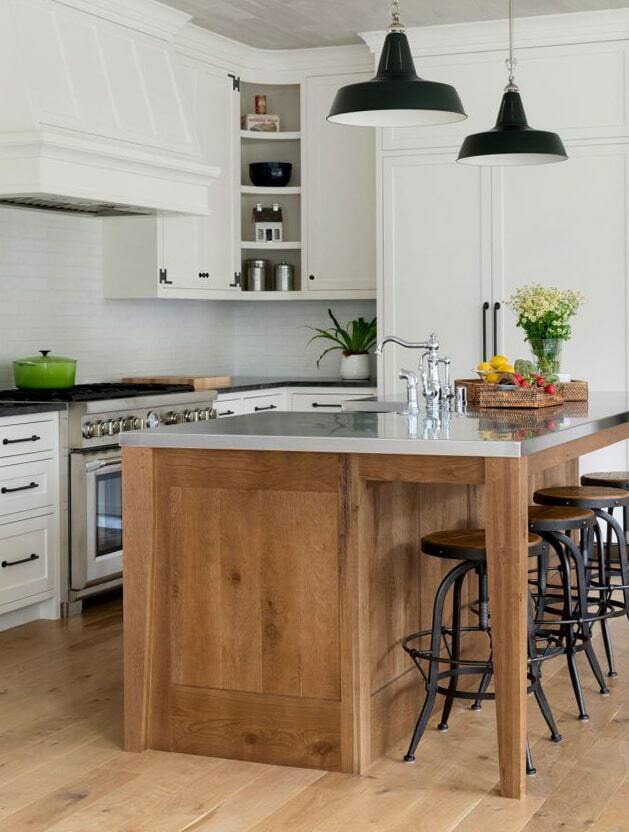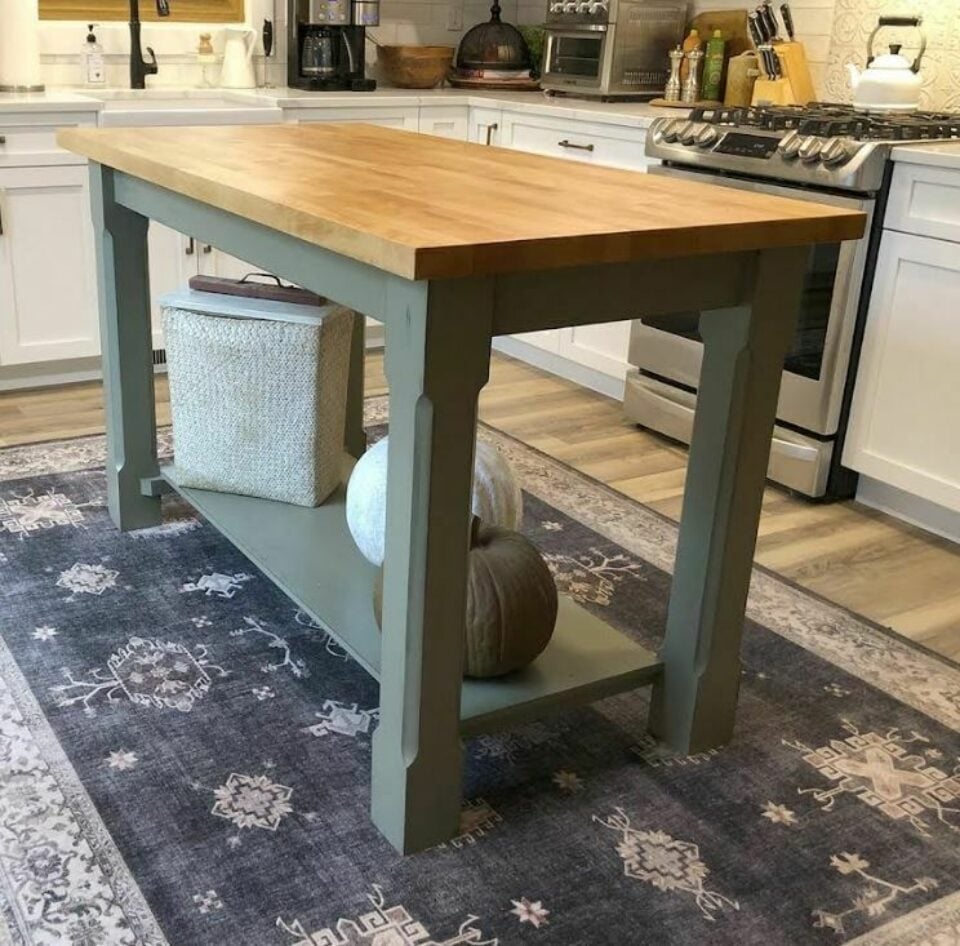Checking Out the Vital Features of a Kitchen Island Leg for Your Culinary Room
The kitchen area island serves as a main center in any type of culinary space, and the selection of leg layout is essential in improving both its functionality and aesthetic allure. Recognizing the important attributes of cooking area island legs-- consisting of material choices, style styles, and security aspects-- can substantially affect the overall experience within the kitchen. As we check out these components, we will certainly reveal just how thoughtful modification and devices can raise your kitchen area island from a plain energy to a striking focal point. What certain factors to consider should be prioritized to achieve this equilibrium?
Value of Kitchen Island Legs
Cooking area island legs play a critical duty in both the performance and visual appeals of a kitchen room. They not just sustain the weight of the island however also improve the general design, contributing to the cooking area's visual appeal. The choice of legs can determine the design of the kitchen, be it modern-day, standard, or rustic.
Functionally, robust and correctly created legs make sure security, enabling the secure use the island for various jobs such as cooking, eating, or amusing. Strong legs avoid changing and wobbling, giving a reputable surface area for everyday activities.
Furthermore, the height and placement of the legs can influence the comfort level for those seated at the island. A well-considered elevation can fit bar feceses or chairs, promoting a welcoming setting for gatherings.
Along with these sensible factors to consider, cooking area island legs can offer as a focal factor in the area (kitchen island leg). Ornamental or distinctively created legs can raise the style aesthetic, making the island a centerpiece. Thus, choosing the best kitchen area island legs is necessary for stabilizing type and function in any culinary area
Material Options for Legs
Selecting the proper material for cooking area island legs dramatically affects both longevity and design. Usual product choices include metal, timber, and rock, each offering unique advantages.
Timber is a popular choice due to its warmth and flexibility. It can be easily customized to match various style styles, from rustic to modern. Woods like oak and maple offer outstanding stamina and durability, while softer timbers can be extra susceptible to tear and put on.
Steel legs are favored for their sleek, modern aesthetic. kitchen island leg. Stainless-steel and light weight aluminum are not only robust but also immune to rust and rust, making them excellent for kitchen area atmospheres. They can produce a commercial appearance and are often offered in different surfaces to complement other cooking area aspects
Rock legs, such as granite or marble, include an element of high-end and security. While heavier than various other products, they provide remarkable longevity and can endure substantial weight. They might need added support to guarantee correct balance.
Eventually, the option of material must straighten with both useful needs and the total layout vision of the cooking area room, making certain that the island legs boost both utility and aesthetic appeals.
Style Styles to Take Into Consideration
What layout styles should be taken into consideration when choosing legs for a cooking area island? The selection of leg design significantly influences the general aesthetic of your cooking area. For a contemporary kitchen, sleek and minimalistic leg designs, such as stainless-steel or geometric forms, can improve the contemporary appeal, giving a clean and clean look.
On the other hand, traditional cooking areas gain from traditional designs such as turned or carved wood legs, which include warmth and personality. These choices commonly feature complex details that enhance vintage home furnishings. For a rustic atmosphere, consider legs made from redeemed timber or wrought iron, which bring a natural, earthy top quality to the space.
If you lean towards a commercial motif, robust metal legs with a troubled finish might be optimal, giving an edgy yet advanced touch. In addition, farmhouse style kitchen areas can include chunky legs that evoke a feeling of toughness and homeliness.

Elevation and Stability Aspects
The elevation and stability of a cooking area island are critical components that directly affect its capability and user experience. A suitable cooking area island leg should offer enough elevation to accommodate a range of jobs, from cooking to casual dining. Normally, cooking area islands separate 36 to 42 inches tall, lining up with typical counter and bar heights. This find variety makes sure convenience for customers while carrying out different tasks, hence improving the total use of the area.
Stability is similarly important, particularly as cooking area islands often offer as focal points in cooking atmospheres. The leg's attachment to the island's base have to be safe, guaranteeing longevity and strength versus the wear and tear of everyday use.
Customization and Devices
Personalization options and devices for kitchen area island legs can considerably boost both the aesthetic allure and performance of the space. Home owners can choose from a selection of products, consisting of rock, timber, and metal, enabling smooth integration with existing kitchen area style. The choice of coating-- be it a natural discolor, repaint, or powder covering-- more personalizes the look, making certain that the island matches the Full Article total design style.
Along with product and coating, house owners might also check out the consolidation of devices such as attractive brackets, adjustable feet, or integrated shelving. Brackets can use added support while adding to a rustic or contemporary visual. Flexible feet are specifically advantageous for unequal floor covering, making certain the island stays secure and degree, which is crucial for both safety and functionality.

Verdict
Finally, kitchen area island legs offer a vital duty in providing stability and boosting the general visual of the cooking room. The selection of materials and style styles adds to both functionality and visual charm, while factors to consider of elevation and security ensure useful usage. Modification options and accessories can raise the kitchen island, making it a distinctive focal point within the home. Therefore, mindful consideration of these features is necessary for an effective kitchen area layout.
The kitchen area island offers as a main hub in any type of cooking space, and the choice of leg design is critical in improving both its you can try this out performance and aesthetic allure. Comprehending the crucial attributes of cooking area island legs-- including material options, design styles, and stability aspects-- can dramatically influence the total experience within the cooking area.Cooking area island legs play a critical duty in both the functionality and looks of a cooking area space.What style styles should be thought about when picking legs for a cooking area island?In verdict, cooking area island legs offer an important duty in offering security and improving the general aesthetic of the culinary room.